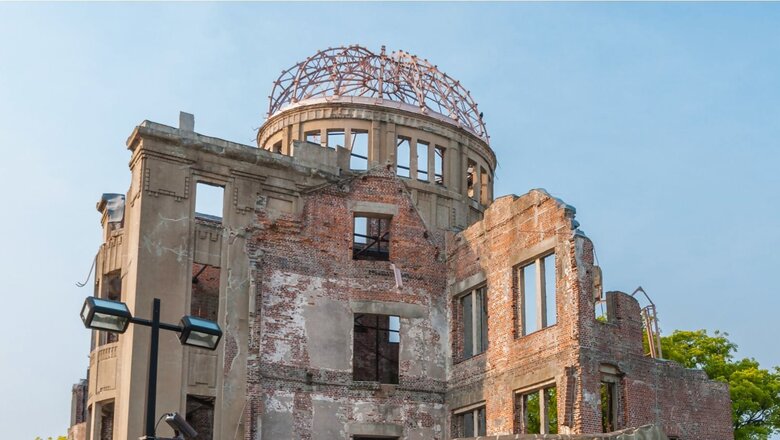
views
August 29 is commemorated as the International Day against Nuclear Tests. The occasion reminds countries to increase awareness and education about the effects of nuclear weapon test explosions or any other nuclear explosions and the need for their end as one of the ways of attaining the goal of a nuclear-weapon-free world. Nuclear weapons were deployed by the United States in the second World War against Japan. The bombings at Hiroshima and Nagasaki were one of the most devastating attacks presenting a terrifying picture of war.
Read: International Day against Nuclear Tests 2021: History, Significance and Objectives
However, the horrors of the August 1945 bombings did not stop countries around the world to widen their nuclear arsenal. During the cold war, US and the erstwhile USSR indulged in an arms race as they increased nuclear warheads. To curb the threat of another nuclear war, several treaties were signed. Let us take a look at some of them:
Non-Proliferation of Nuclear Weapons (NPT)
The purpose of this landmark treaty is to prevent the spread of nuclear weapons and weapons technology, to promote cooperation in the peaceful uses of nuclear energy and to further the goal of nuclear disarmament as well as general and complete disarmament. Total 191 states have joined the Treaty which came into force in 1970.
Comprehensive Nuclear-Test-Ban Treaty (CTBT)
Opened for signatures in 1996, CTBT bans any nuclear weapon test explosion or any other nuclear explosion. The treaty bans the testing of nuclear explosions by placing a ban on the production of fissile material for anything other than verified peaceful use.
Agreed Framework Between The United States of America And The Democratic People’s Republic of Korea
Signed on October 21, 1994, this treaty aims to resolve the nuclear issue on the Korean Peninsula. Its signatories are the United States and the Democratic People’s Republic of Korea (DPRK) who agreed to replace the latter’s graphite moderated reactors and related facilities with light-water reactor power plants and other alternative energy arrangements.
Treaty on the Prohibition of Nuclear Weapons (TPNW)
The United Nations General Assembly decided to convene a conference to negotiate a legally binding instrument to prohibit nuclear weapons, leading towards their total elimination. Signed on September 20, 2017 under this treaty, participating countries are prohibited from partaking in any nuclear weapon activities. Signatories cannot develop, test, produce, acquire, possess, stockpile, use or threaten to use nuclear weapons. The Treaty also prohibits the deployment of nuclear weapons on national territory and the provision of assistance to any state in the conduct of prohibited activities.
Central Asian Nuclear-Weapon-Free Zone Treaty (CANWFZ)
CANWFZ treaty involves Central Asian States including Kyrgyzstan, Tajikistan, Kazakhstan, Turkmenistan, and Uzbekistan to not manufacture, acquire, test, or possess nuclear weapons. Signed on September 8, 2006 at the former Semipalatinsk nuclear test site in Kazakhstan, the Treaty’s unofficial name is Semipalatinsk Treaty.
Read all the Latest News, Breaking News and Assembly Elections Live Updates here.



















Comments
0 comment